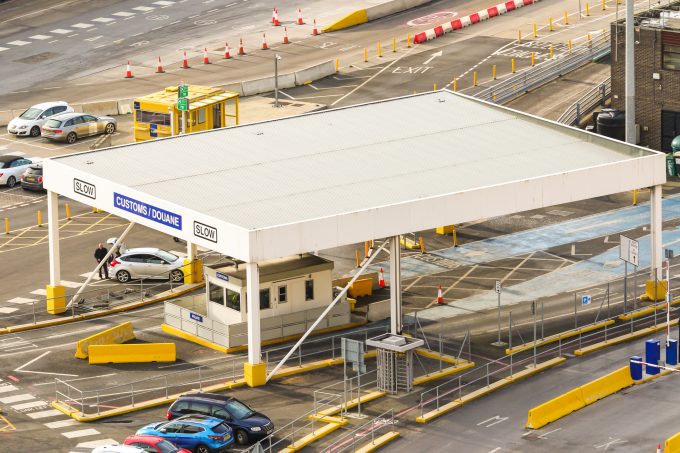FedEx to shed up to 2,000 posts in European consolidation
FedEx is planning to shed between 1,700 and 2,000 posts among its workforce in Europe ...

HMRC has ramped up its efforts to get cargo owners and hauliers ready for changes to UK customs processes, but the industry seems concerned at “alarming” levels of uncertainty.
From 1 October, there will be new safety and security requirements surrounding exports with an expanded list of movements requiring exit summary declarations (EXS), raising complexity in GB-EU supply chains.
Government delayed implementation the full rollout of EXS, scheduled for March, in response to the pandemic, limiting the change to certain movements, including empty ...
Amazon pushes into LTL for small package fulfilment and UPS does a u-turn
New senior management for DSV as it readies for DB Schenker takeover
Volumes set to 'fall off a cliff' as US firms hit the brakes on sourcing and bookings
Asian exporters scramble for ships and boxes to beat 90-day tariff pause
Temporary tariff relief brings on early transpacific peak season
'Tariff madness' will prompt renegotiation of ocean shipping contracts
Forwarders 'allowing the fox into the chicken run' by supporting 'hungry' carriers
Response to tariffs by Chinese importers may see extra costs for US shippers

Comment on this article